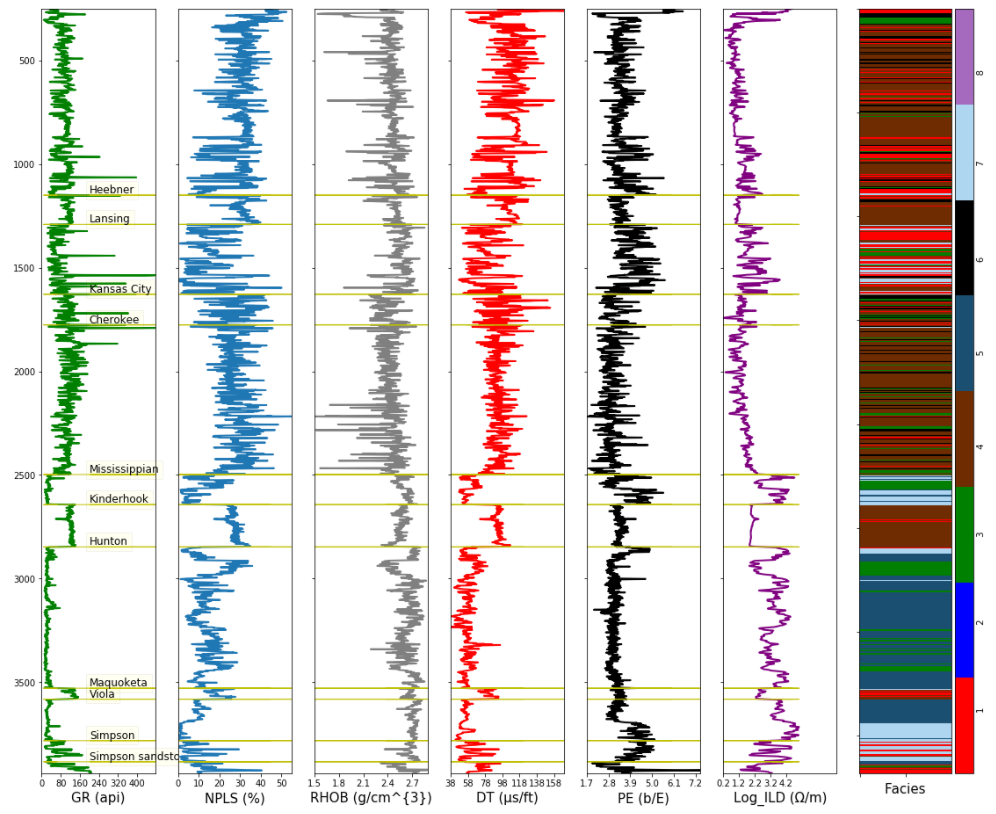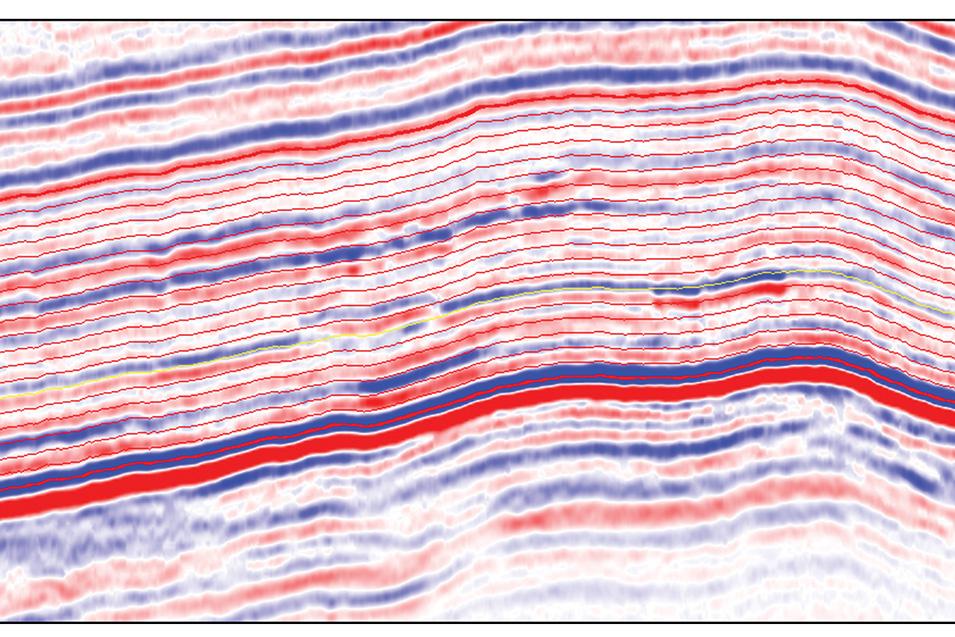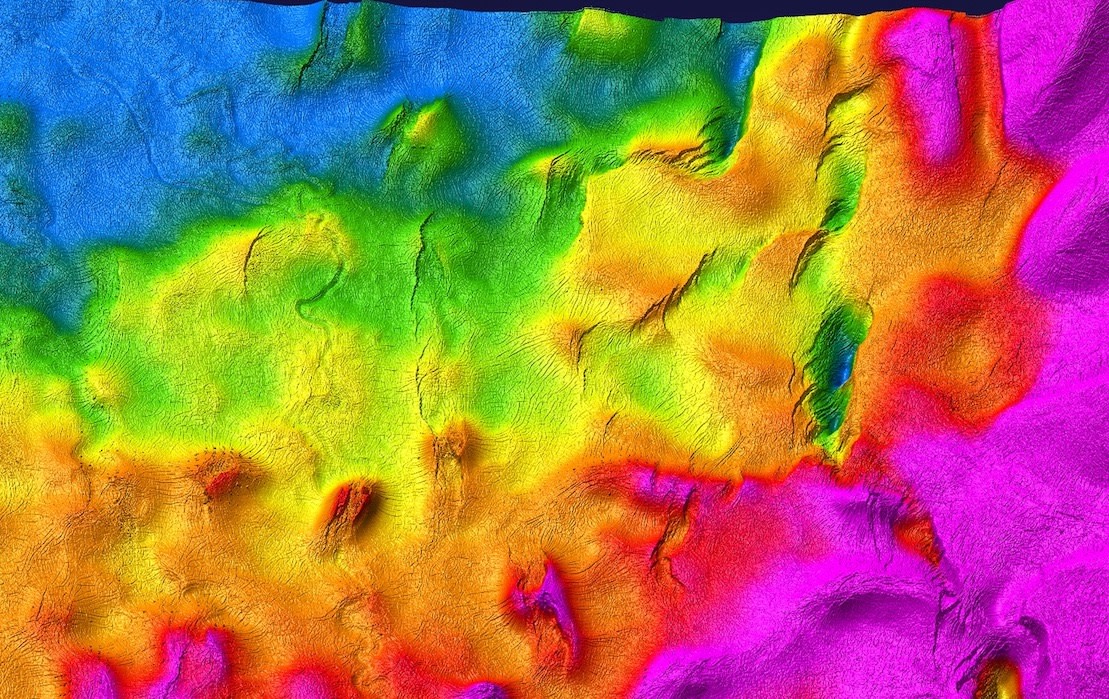Course Overview
This course aims at providing the students with advanced knowledge of EDA, manipulation, and visualization of seismic data. Advanced topics and python libraries will be covered in detail. Various exercises related to the field application of the subject are designed to cover the technical aspects of both domain and python.
Topics Covered
- What is Machine Learning
- Creating a Machine Learning Model
- Feature Engineering
- Working with well logs in Python
Course Curriculam
Numpy and Pandas
Exploratory Data Analysis
Feature Engineering
Projects you will build

Artificial Intelligence
Supervised Lithology Classification
EDA, Feature Engineering, Volve Dataset

Artificial Intelligence
Machine Learning in Seismic Interpretation
Supervided Learning, Classification
